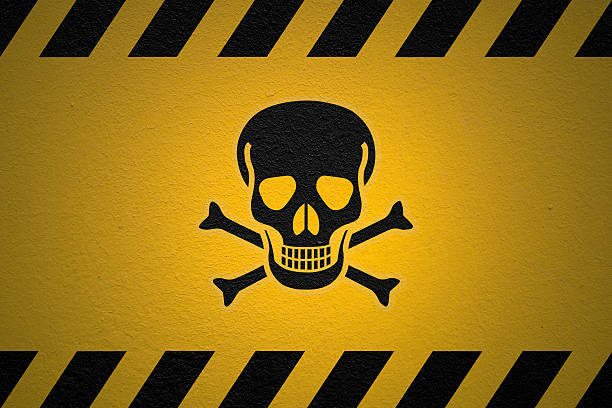Hexachloroethane

Hexachloroethane is white solid at room temperature with a camphor-like odor. Safe Home offers a few kits that provide drinking water testing for Hexachloroethane in city and well water supplies.
Parameter Type: Drinking Water Testing for Volatiles
Parameter Name: Hexachloroethane
What it is and Where it Comes From:
Hexachloroethane, also known as perchloroethane (PCA) is the organochlorine compound with the formula (CCl3)2. It is white solid at room temperature with a camphor-like odor. It has been used by the military in smoke compositions, such as base-eject smoke munitions (smoke grenades). Hexachloroethane has been used in the formulation of extreme pressure lubricants. It has also been used as a chain transfer agent in the emulsion polymerization of propylene tetrafluoroethylene copolymer. Hexachloroethane has been used as an anthelmintic in veterinary medicine, a rubber accelerator, a component of fungicidal and insecticidal formulations as well as a moth repellant and a plasticizer for cellulose esters. Hexachloroethane has been used in the manufacture of degassing pellets to remove hydrogen gas bubbles from molten aluminum in aluminum foundries. This use, as well as similar uses in magnesium, is being phased out in the European Union. Drinking water testing gives you several benefits like peace of mind, identifying contaminants in your water, and insight into health concerns. Safe Home offers Laboratory drinking water testing kits for Hexachloroethane, allowing you to collect your water sample and ship it directly to our EPA-Certified Laboratory. This platform of drinking water testing for Hexachloroethane will give you an accurate level based on the lowest level of a parameter our instruments can detect (Method Detection Level). Safe Home drinking water testing for volatiles can be used for city and well water supplies. Drinking water testing should be done any time you notice a significant change in your water quality.
Health Effects:
Hexachloroethane acts primarily as a central nervous system (CNS) depressant in humans acutely (short-term) exposed to it. Hexachloroethane is also moderately irritating to the skin, mucous membranes, and liver in humans. Neurological, liver, and kidney effects have been observed in animals exposed to hexachloroethane. No information is available on the chronic (long-term), reproductive, developmental, or carcinogenic effects of hexachloroethane in humans. Hepatocellular carcinomas (liver tumors) were observed in mice following oral exposure to hexachloroethane.
Solutions to Contaminant Levels:
After drinking water testing, what is the next step? A filter with granular activated carbon (GAC) is a proven option to remove certain chemicals, particularly organic chemicals, from water. GAC filters can be used to remove chemicals that give objectionable odors or tastes to water such as hydrogen sulfide (rotten eggs odor) or chlorine. Reverse osmosis is a process that removes foreign contaminants, solid substances, large molecules, and minerals from water by using pressure to push it through specialized membranes. Here’s how reverse osmosis works. Unlike osmosis, which is a passive process, reverse osmosis requires external force (pressure) to work. Pressure is applied to a highly concentrated solute solution, such as salt water, to pass through a membrane to a lower concentrate solution. The membrane allows water to flow through but blocks out larger molecules, like contaminants. The reverse osmosis process leaves higher concentrations of solute on one side and only the solvent, or freshwater, on the other. Who do I need to contact to find out more information about water quality in my area? Every community water supplier must provide an annual report to its customers, known as a Consumer Confidence Report (CCR). The report provides information on your local drinking water quality, including the water’s source, contaminants found in the water, and how consumers can get involved in protecting drinking water. How often does the local public water system preform drinking water testing? Frequency of drinking water testing depends on the number of people served, the type of water source, and types of contaminants. Certain contaminants are tested more frequently than others, as established by the Safe Drinking Water Act. You can find out about levels of regulated contaminants in your treated water for the previous calendar year in your annual Consumer Confidence Report (CCR).


